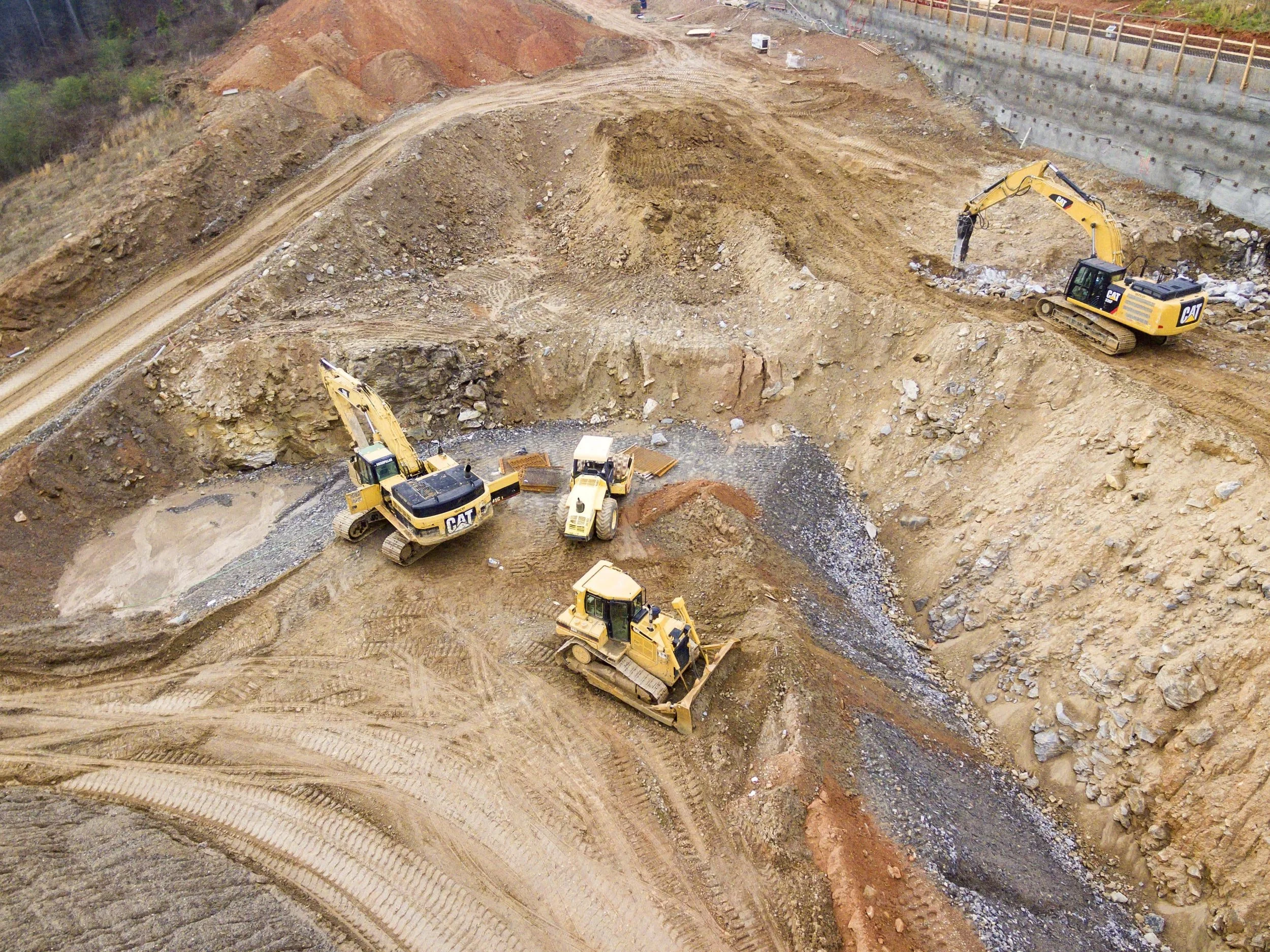HOT TAKES. ONE PLACE.
There's a LOT to know about insurance. So, whether you've got a specific question or just want the 411 on what we do, click around on the articles below.
Employer-reported Nonfatal Workplace Injuries and Illnesses Down 1.8% From 2020
Private industry employers reported a 1.8% decrease in nonfatal workplace injuries and illnesses in 2021 from 2020, according to the U.S. Bureau of Labor Statistics. The incidence rate of total recordable cases remained unchanged year over year, with a rate of 2.7 cases per 100 workers who are full-time equivalent (FTE).
Safety Focus | November 2022
Caught-in or -between hazards may cause injuries if a person is squeezed, caught, crushed, pinched or compressed between two or more objects, or between parts of an object. Such accidents can occur in any industry.
New Login Procedures for OSHA’s Injury Tracking Application
OSHA recently announced new login procedures for its injury tracking application (ITA). The OSHA ITA has transitioned its login procedure to the public’s one account access to government applications, Login.gov. The new login procedures are already in effect.
OSHA Announces Preliminary Top 10 Violations for Fiscal Year 2022
OSHA announced its preliminary list of the top 10 most frequently cited workplace safety standards for fiscal year 2022. Since OSHA’s fiscal year doesn’t end until Sept. 30—and this list was published prior to this date—the final results won’t be announced until the beginning of 2023. However, this preliminary list indicates the most violated safety standards for fiscal year 2022.
How Inflation Impacts Workers’ Compensation Insurance
This past year has seen growing inflation concerns, impacting individuals and industries across the board. The commercial insurance market is no exception to these concerns. Similar to other goods and services, inflation can also elevate the cost of insurance. In the scope of workers’ compensation coverage, inflation issues have become increasingly evident through various sector trends—including labor shifts, rising wages, higher medical expenses and rate adequacy challenges.
Safety Focus | September 2022
While repetitive motion injuries (RMIs) are common among athletes, these injuries can occur in the workplace. Also known as repetitive stress injuries or cumulative trauma disorders, RMIs impact a broad range of occupations, including jobs that require heavy lifting and stationary office roles. RMIs occur when continuous physical stress from daily tasks damages nerves, tendons or muscles quicker than the body can heal from such stress.
These Three Trends Could Have Big Implications for Workers’ Compensation
Legislation surrounding the gig economy, single-payer health insurance and marijuana legalization all have the potential to impact the U.S. workers’ compensation system, according to a National Council on Compensation Insurance (NCCI) report. Digital platforms such as Uber ushered in a modern gig economy and renewed public discourse on worker classification.
OSHA Launches Enhanced Safety Initiatives to Protect Trenching and Excavation Workers
Twenty-two workers have already been killed due to deadly trenching and excavation hazards in 2022—representing a 68% increase from the entirety of 2021. In response, OSHA launched enhanced enforcement initiatives to protect workers from known industry hazards. Doug Parker, the assistant secretary for OSHA, stated that all 22 deaths could have been prevented if employers had complied with the agency’s safety standards.
Safety Focus | July 2022
Driving is a common task for many employees. Workers across industry lines may get behind the wheel for various reasons, such as moving between job sites, delivering or picking up goods or materials, or transporting passengers.
Safety Focus | June 2022
Poor housekeeping in the workplace can be a serious issue. Not only does it lead to a cluttered workspace, but it can also create additional workplace hazards.
Active Shooter Incident Preparedness and Response Strategies
In recent years, active shooter incidents have become a growing concern across the United States. Also called a mass shooting in some situations, such an incident refers to an individual or group of individuals entering a populated area in order to kill or attempt to kill their victims, generally through the use of firearms.
Protect Workers from Noise Exposure with Hearing Conservation Programs
Nearly half (46%) of manufacturing workers have been exposed to hazardous noise levels at some point during their employment, according to the American Journal of Industrial Medicine. Equipment such as rotors, power tools, stators, gears, fans, impact processes and electrical machinery can all generate significant amounts of noise, which can negatively affect employees’ hearing.
Safety Focus | May 2022
Carbon monoxide (CO) is a byproduct of combustion. This gas is odorless, colorless and tasteless, so it can be very difficult to detect.
Safety Focus | April 2022
Fall hazards are some of the most common causes of serious injuries and deaths in the workplace. Fall-related incidents can happen during everyday tasks, such as walking or climbing stairs.
Spring Storm Safety Tips for Businesses
Spring can bring about some of the year’s most dangerous weather and wreak havoc on many aspects of a company’s operations. This article discusses the weather threats to watch out for during spring and measures businesses can take to minimize damage.
Safety Focus | March 2022
Hard hats are crucial pieces of personal protective equipment (PPE) while on the job. Wearing this PPE can make all the difference in protecting employees like you from severe head injuries.
Safety Focus | February 2022
Flammable and combustible liquids may be present in your workplace. If these liquids aren’t handled and stored properly, they can create a dangerous work environment, even causing fires and explosions that could result in potential injuries or fatalities.
Construction Risk Advisor | January 2022
Falls are already one of the most common accidents at construction sites, but working outdoors during the winter can create even more hazards. Fortunately, there are ways to compensate for these additional risks and keep employees as safe as possible.
Safety Focus | September 2021
September is National Preparedness Month, which encourages individuals and businesses alike to prepare for emergency situations, disasters and health risks that could occur in their everyday environments. Emergencies and disasters can happen when they are least expected.
Safety Focus | August 2021
A pinch point is an area on a machine or piece of equipment in which a person or a part of their body is at risk of getting caught. According to Occupational Safety and Health Administration Standard 1910.211, a pinch point can be any area (aside from the point of operation) where it is possible for a part of the body to be caught between moving components of equipment—such as the moving parts of a press of auxiliary equipment, between moving and stationary parts of auxiliary equipment, or between the material and moving part(s) of the press or auxiliary equipment.





















